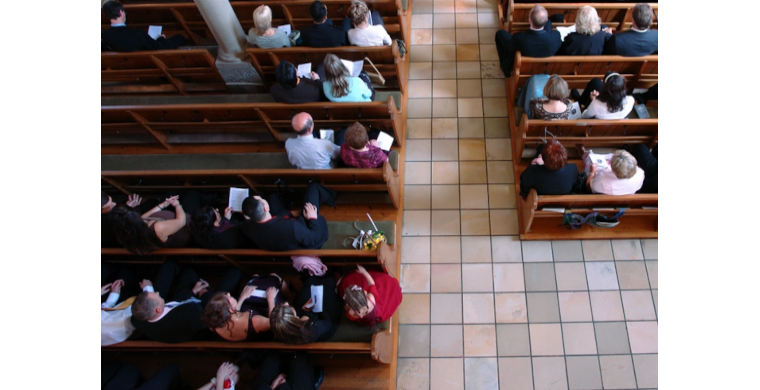Evangelical giving to churches is 'way down,' new research suggests
By CP Staff
THE CHRISTIAN POST
September 12, 2024
The share of Evangelical Protestant Christians giving financially to churches fell significantly in the last three years, a new survey finds.
Infinity Concepts and Grey Matter Research recently released the 41-page report "The Giving Gap: Changes in Evangelical Generosity," which relies on data compiled via online surveys with 1,039 Evangelical Protestants through a blend of research panels in early 2024.
The information was compared to their 2021 report "The Generosity Factor," which was based on data compiled during the middle of the COVID-19 pandemic.
The researchers used the National Association of Evangelicals' definition of Evangelical to qualify Evangelical respondents. The study finds that Evangelical giving is "way down" across the board in "nearly every measure."
According to the 2024 data, 61% of Evangelical adults donated to a local church the previous year, half (50%) donated to an organization outside of a church, and 42% donated to both church and charity. Nearly a third (31%) said they donated to neither a church nor a charitable organization.
The share of Evangelicals who gave to churches fell 13 percentage points from 2021, which equates to a 17% decrease in giving.
"The proportion giving to a church fell from 74% to 61%, and the percent who gave to a nonprofit or ministry outside of church fell from 58% to 50%," the report states. "The proportion who supported neither one rose from 19% to 31% in the past three years."
The average Evangelical donor donates 2.8% of their household income to churches, down from 3.2% in 2021. The average Evangelical adult donates 3.3% of their household income between church and charity, compared to 4% in 2021.
Evangelicals gave an average of $2,503 to churches in the previous 12 months, according to the responses. That marks a 15% decline from the inflation-adjusted average of $2,953 in 2021. Even among those who gave to church or charity, the average total donated was $3,053, a 15% drop from $3,572 in 2021.
"The numbers paint an increasingly bleak picture of Evangelical generosity," Grey Matter Research President Ron Sellers said. "Almost every measure of giving was down for almost every type of Evangelical. One exception is Evangelicals of color, who remained much more steadfast in their giving than did others. ... Even though American generosity is down across the country, as per Giving USA, the behavior of believers should be different."
Researchers found a strong correlation between "regular engagement in spiritual activities" and giving. Evangelicals who regularly pray, attend worship, participate in small groups and read the Bible are twice as likely to give to charity and three times as likely to give to church as those who "infrequently or never" do those things.
"The American Church has been teaching on giving, tithing, and stewardship for centuries, and the average Evangelical is giving away 2.3% of household income," Infinity Concepts CEO Mark Dreistadt said in a statement.
"If we want people to increase their generosity, maybe the key is not to encourage them to give more, but to encourage them to become more spiritually engaged: read the Bible more; get involved with a small group; attend worship more regularly; or listen to more Christian radio."
Dreistadt stressed that generosity "is about more than just giving."
"It is about understanding the true source of our blessings and being generous to others as the Lord has been generous to us," he said. "Presumably, engaged believers are growing in their understanding of His gift to us."
Recently released data from the Exploring the Pandemic Impact on Congregations research project and the Faith Communities Today research initiative found that while churches have suffered from declining attendance, the faithful who have been attending appear to be giving more to cover operating expenses through their increases in giving haven't overcome increased expenses due to inflation.
"While the pandemic painted a distinctive portrait of giving in congregational life, it has not dramatically altered the fiscal health of faith communities at this point," researchers noted in "Finances and Faith: A Look at Financial Health Among Congregations in the Post-Pandemic Reality."
"Increased financial need (due to the trauma of the pandemic, attender decline, and other factors) resulted in greater individual giving, but also a smaller number of total contributors, even while attenders generally gave more than previously."














